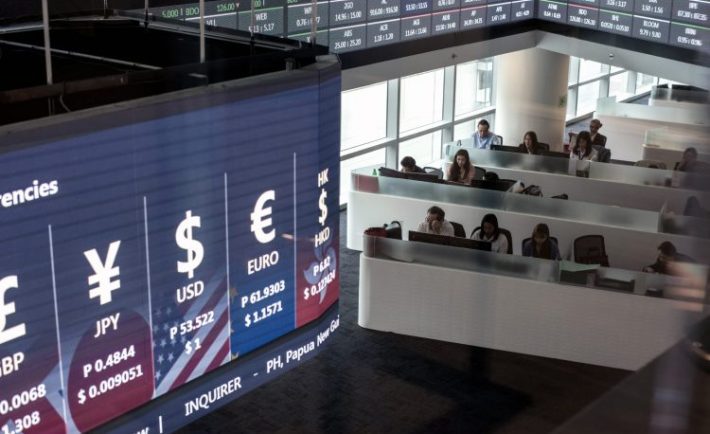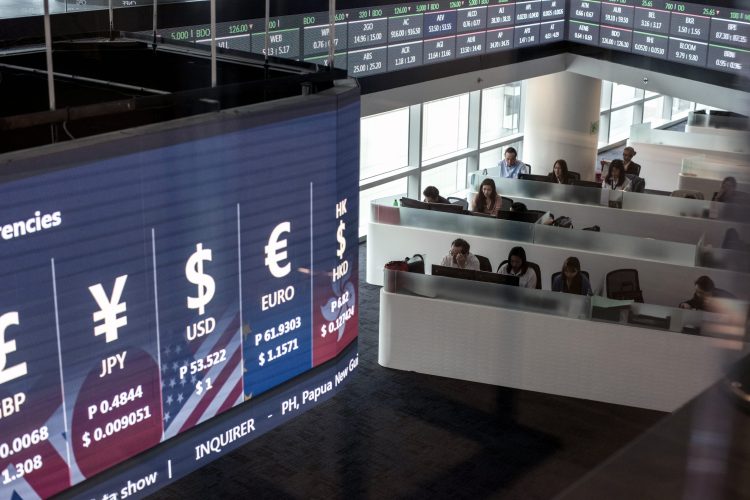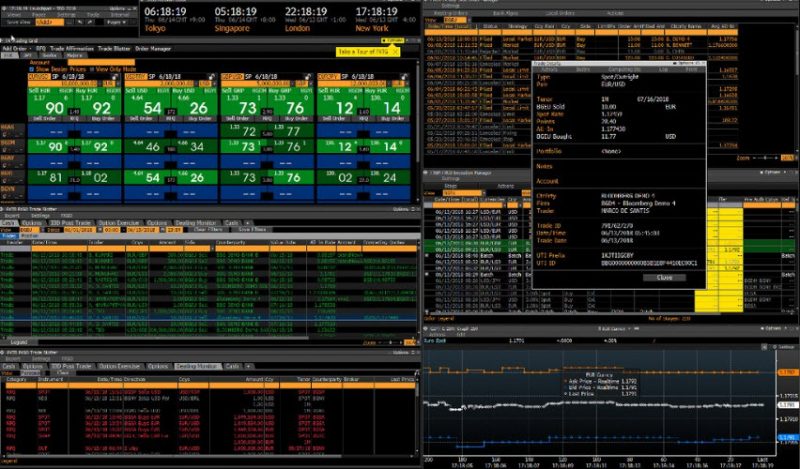
It’s hard to think of a single sector that’s still to be influenced – or even totally transformed – by technology. With each step forward comes new ways of doing things. Better ways of doing things, even. For a market that turns over US$6.6 trillion of currency trades every single day, foreign exchange (forex) is one that is very much reaping the rewards of tech innovation.
Forex almost had to embrace tech at risk of losing traction in an ever-connected world. It has, to be fair, now come on leaps and bounds from the stuffy, analogue trading rooms of the past – where exchanges were made in paper and metals. Now, it ensures forex trading is no longer the preserve of hardened experts – but a global, democratised market that anyone can enter.
Asian forex markets on an upward trajectory

One world region where this is arguably most evident is Asia-Pacific. A report by KPMG and the Global Financial Markets Association (GFMA) tracks the growth of forex trading in line with the region’s wider – and ‘rapid’ – development. In a four-year period between 2013 and 2016, average daily forex trading volumes in Asia rose by a fifth to US$1.16 trillion.
It’s a two-way process fuelled by increasing globalisation. For traders in the more developed economies of Europe and North America, it offers the chance to trade currencies such as the British Pound and US Dollar against safe-haven currencies like the Japanese Yen. Meanwhile, Asian traders benefit from access to high-volume currencies including the Euro.
The growth in trading platforms and services

You can argue there are two main reasons why tech has changed global forex trading for the better, especially in Asia. First, an increasingly connected world means Asian market news is now the essential breakfast reading of choice for traders in the western hemisphere. And the same applies with Asia Pacific investors, who wake up to news of the previous day’s Wall Street trading.
Second, mobile tech means forex trading can be done on the move, inside and outside of the office. The idea of investors sat staring at flashing numbers on a bank of computer screens is now something left behind in the 1980s. It can all be done using an app or mobile website. It seems that, as the world has become smaller, so too has forex trading infrastructure.
A side-effect – or perhaps a genuine ambition – of this increased accessibility has made it so much easier for an individual to enter the market. As we said earlier, it’s no longer just for a seasoned pro. It can now be little more than a hobby, fuelled by a growing middle class with more disposable income in countries such as China.
And now you also start to see why electronic trading now makes up 70% of daily turnover in the forex market. Before the 2008 financial crisis, that figure stood at just 30%.
AI and automation tech as drivers of change

As an incubator of tech start-ups, the Asia Pacific region gets a first look at some of the latest tech innovation. The regional forex market is reaping these rewards too. With new automated systems, traders receive better analysis and insights to guide their decision-making. A system even now has the ability to make those decisions – and execute trades – automatically.
Some firms are also looking at how artificial intelligence (AI) can better predict movements in the market. In 2018, Nikkei used AI to forecast the US Dollar-Japanese Yen exchange rate. It was a resounding success – the outcome almost spot on compared to their top analyst. But is AI predictions able to hold up in volatile conditions like, maybe, now?
That’s a stage of the journey yet to be reached.
But there can be no mistake that tech has produced a fundamental step change for the Asian forex market. And there is still yet so much potential to go further with it. Boosted by a tech-centric start-up culture emerging across more nations in the region, it surely puts Asia in the box seat. Will it drive a seismic shift of focus away from the US and Europe? Time will tell.




